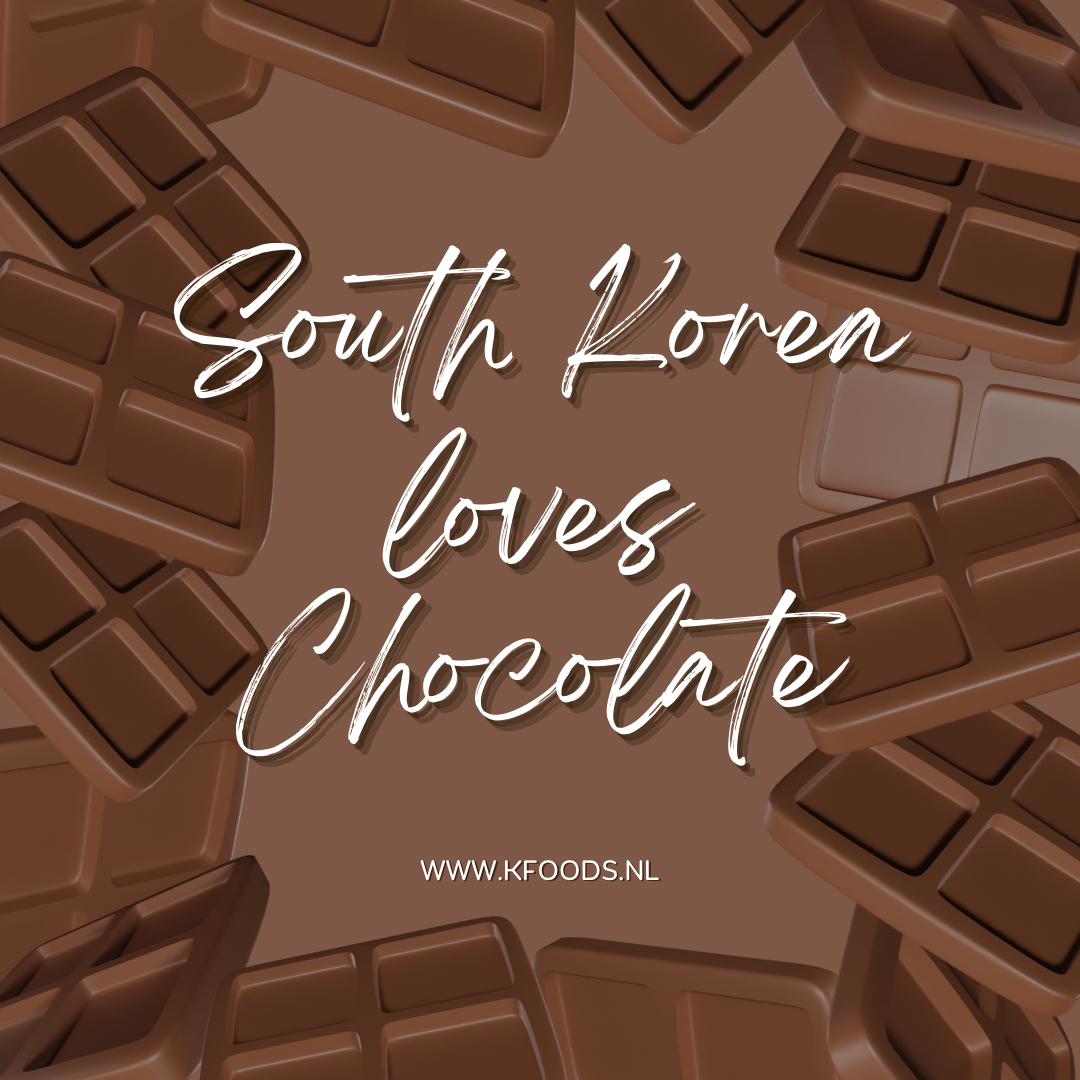South Korea is known for its rich culinary traditions and vibrant food culture. Among the many delicacies enjoyed by Koreans, chocolate snacks hold a special place in their hearts. In this blog post, we'll delve into the world of chocolate treats in South Korea, exploring the top picks and uncovering the reasons behind the nation's fondness for these indulgent delights.
**1. Pepero:**
Pepero tops the list as one of South Korea's most beloved chocolate snacks. These thin, crunchy biscuit sticks coated in chocolate come in various flavors, making them a favorite choice for both children and adults alike. Pepero has become synonymous with special occasions and gift-giving, further solidifying its popularity in Korean culture.
**2. Maltesers:**
Another popular choice among chocolate lovers in South Korea is Maltesers. These bite-sized malted milk balls covered in smooth milk chocolate offer a unique texture and flavor experience that appeals to Korean taste buds. Whether enjoyed as a standalone treat or incorporated into desserts, Maltesers have earned a devoted following in the country.
**3. Hershey's Kisses:**
The iconic Hershey's Kisses have also found their way into the hearts of Koreans. With their distinct shape and creamy chocolate taste, these bite-sized candies are often enjoyed as a sweet indulgence or shared as a gesture of affection. Hershey's Kisses have become a staple in South Korea's chocolate snack scene, thanks to their irresistible charm.
**4. Snickers:**
Snickers, known for their satisfying combination of nougat, caramel, peanuts, and chocolate, have a strong presence in South Korea's snack market. The perfect balance of sweet and savory flavors makes Snickers a popular choice for satisfying cravings on the go. Whether enjoyed as a quick pick-me-up or a midday treat, Snickers are a familiar sight in convenience stores and supermarkets across the country.
**5. Ferrero Rocher:**
Ferrero Rocher, with their signature gold foil wrapping and hazelnut-filled center, exude luxury and indulgence. These decadent chocolate treats are often reserved for special occasions and celebrations in South Korea, symbolizing sophistication and elegance. Ferrero Rocher's premium quality and exquisite taste have made them a sought-after choice among chocolate connoisseurs in the country.
Why South Korea Loves Chocolate Snacks:
So, what makes chocolate snacks so beloved in South Korea? Several factors contribute to their popularity:
- **Cultural Significance:** In Korean culture, gift-giving plays a significant role in building and maintaining relationships. Chocolate snacks like Pepero are often exchanged as tokens of friendship, love, and appreciation during holidays such as Pepero Day (November 11th).
- **Innovative Flavors:** South Korea is known for its innovative culinary creations, and chocolate snacks are no exception. Korean manufacturers constantly introduce new flavors and variations to cater to evolving consumer preferences, keeping the market fresh and exciting.
- **Convenience:** With busy lifestyles and a thriving convenience store culture, chocolate snacks offer a convenient and portable indulgence for Koreans on the move. Whether enjoyed during a quick break or shared with friends, chocolate treats provide a moment of pleasure amidst the hustle and bustle of daily life.
- **Social Media Influence:** The rise of social media platforms has contributed to the popularity of chocolate snacks in South Korea. Influencers and bloggers often showcase their favorite treats, creating buzz and driving demand among their followers.
In conclusion, chocolate snacks hold a special place in South Korea's culinary landscape, combining indulgent flavors with cultural significance and convenience. Whether it's the familiar taste of Pepero or the luxurious allure of Ferrero Rocher, these treats continue to captivate the hearts and taste buds of Koreans across generations.

